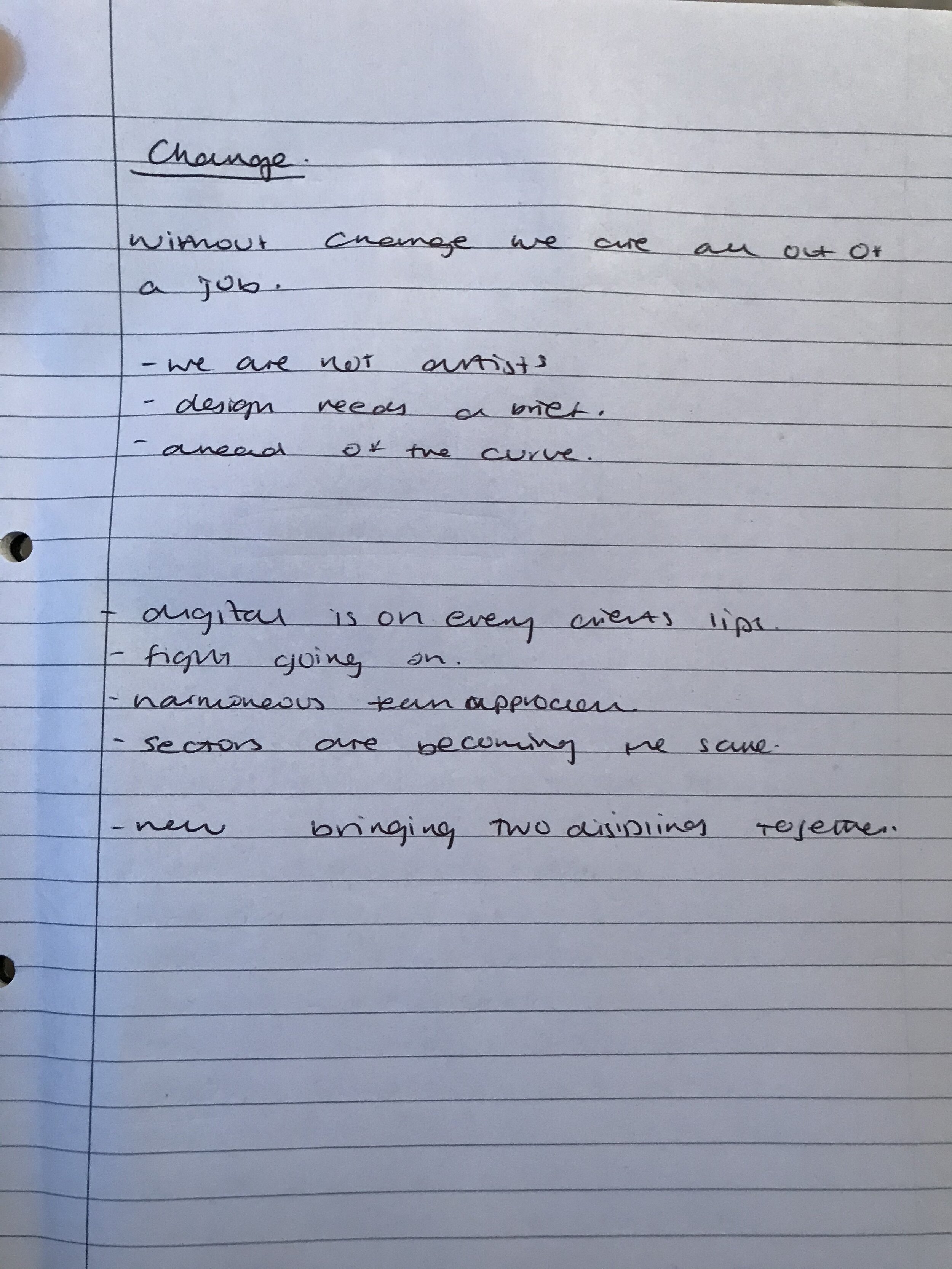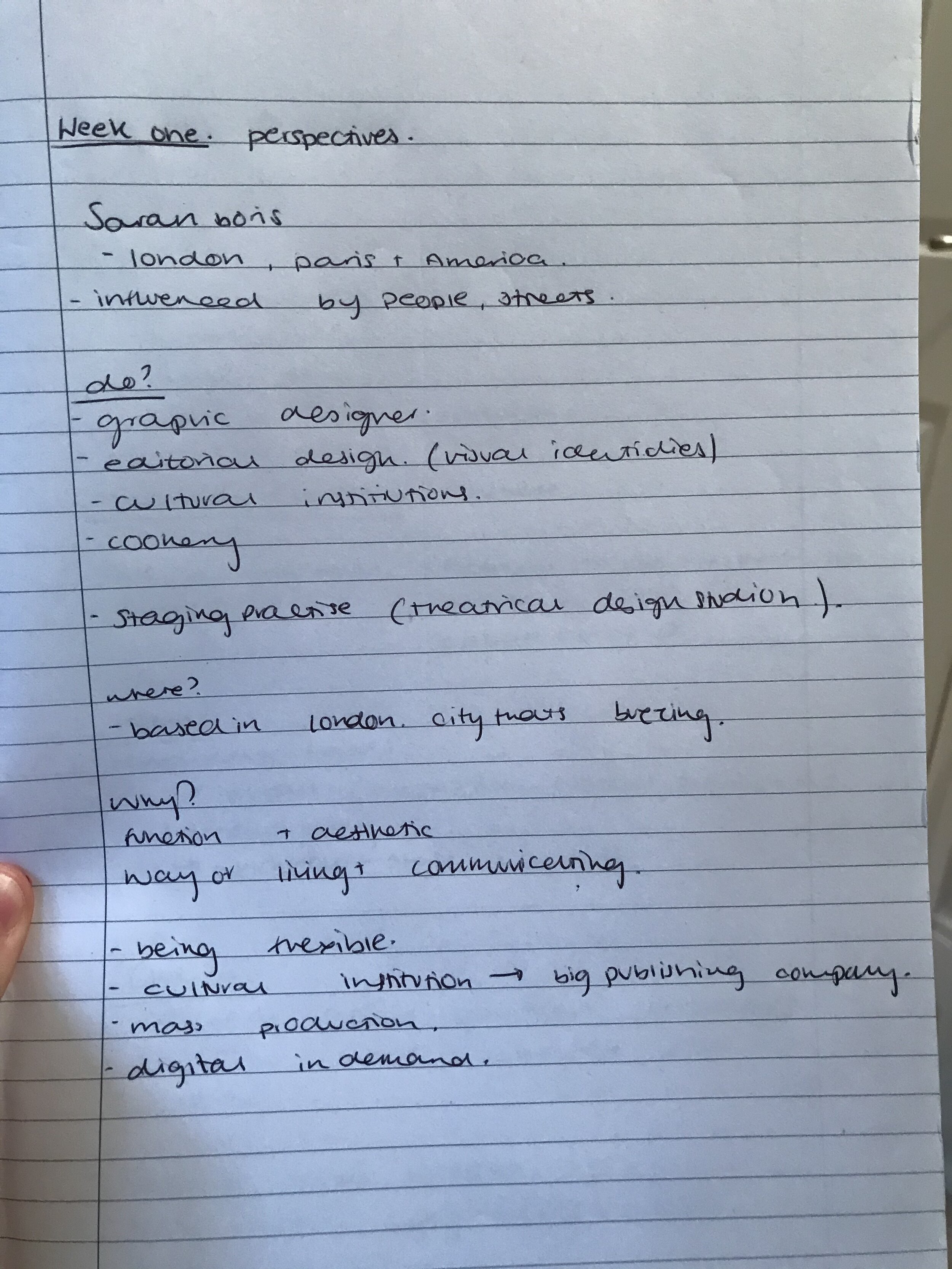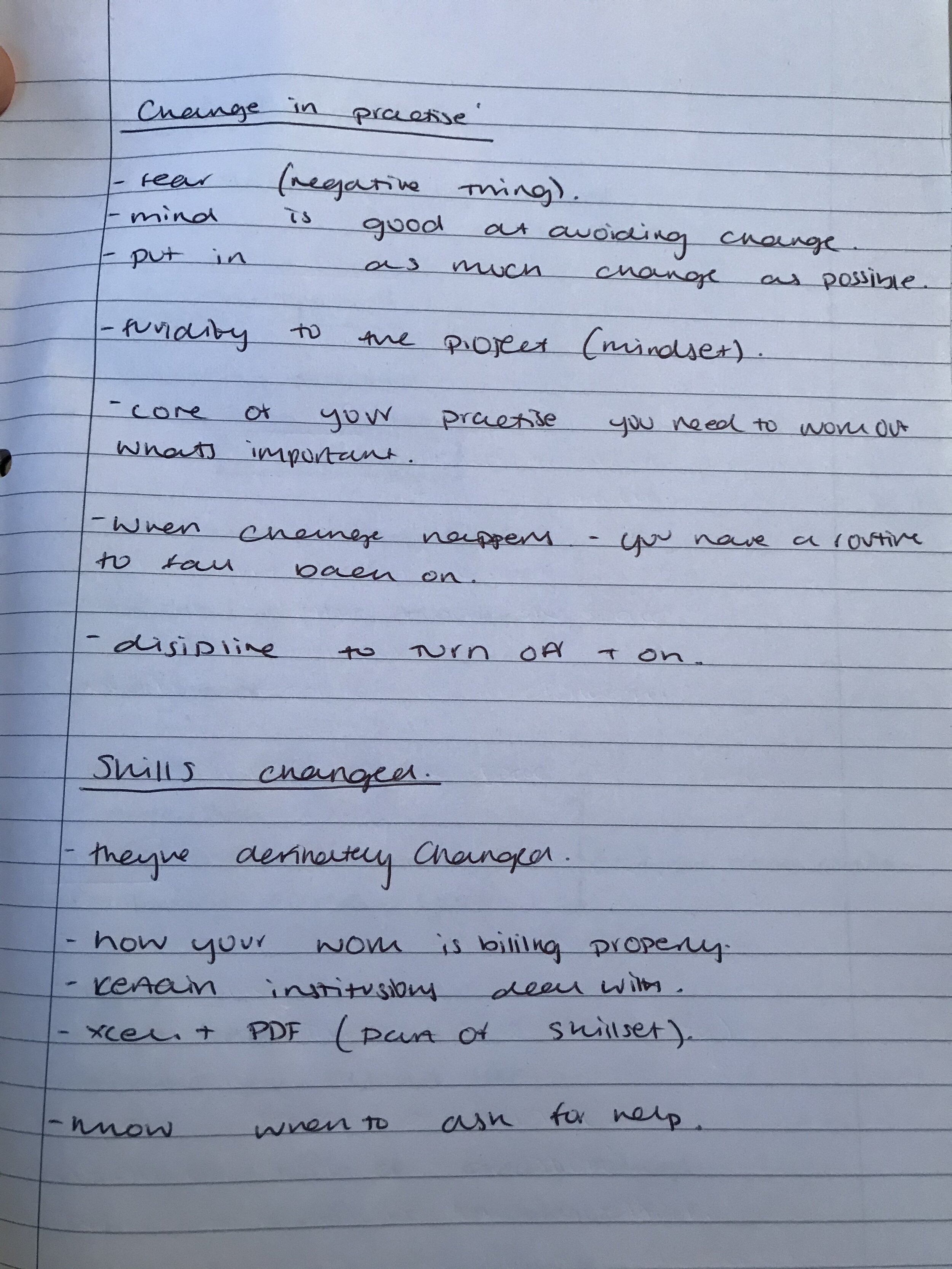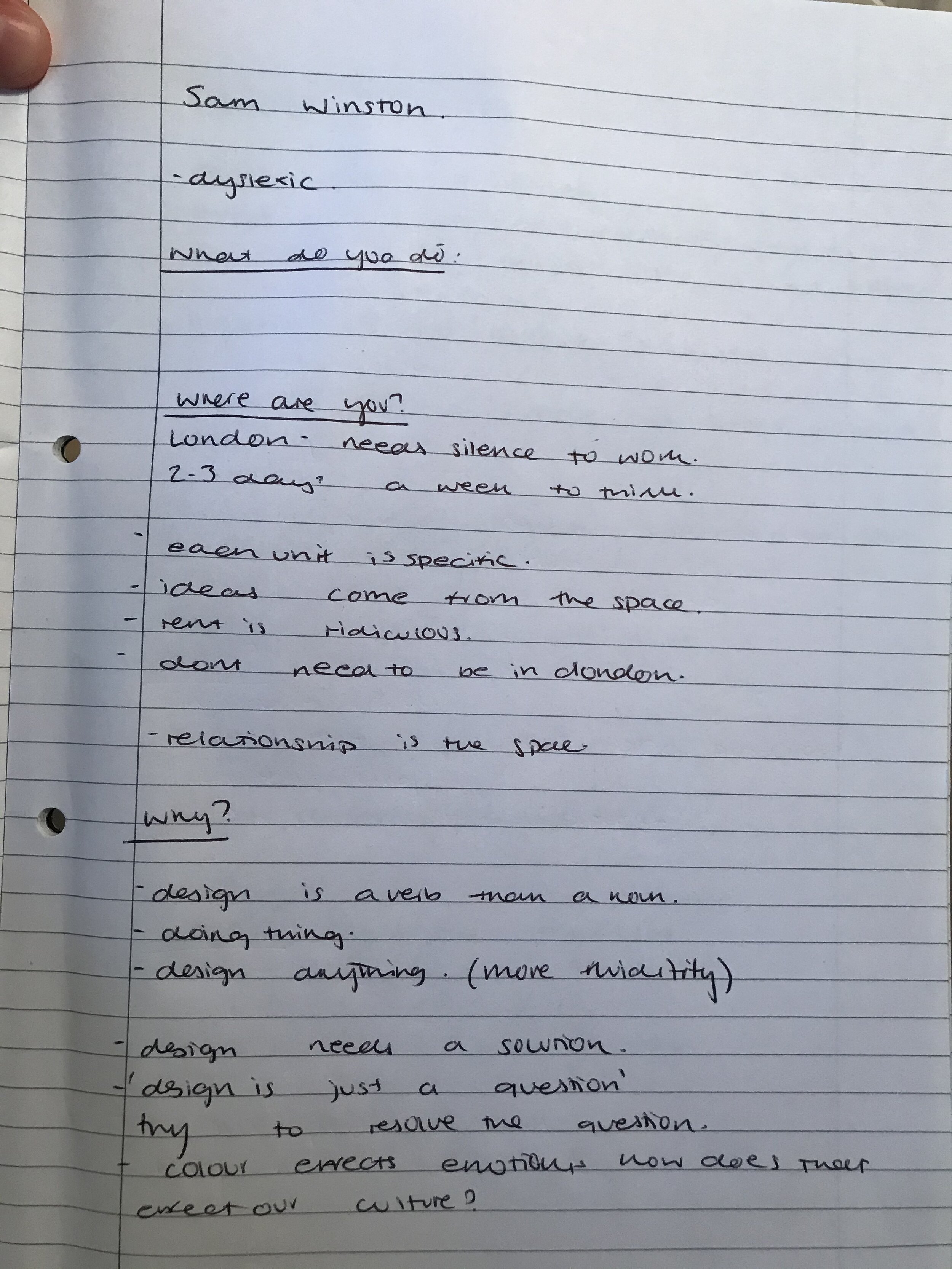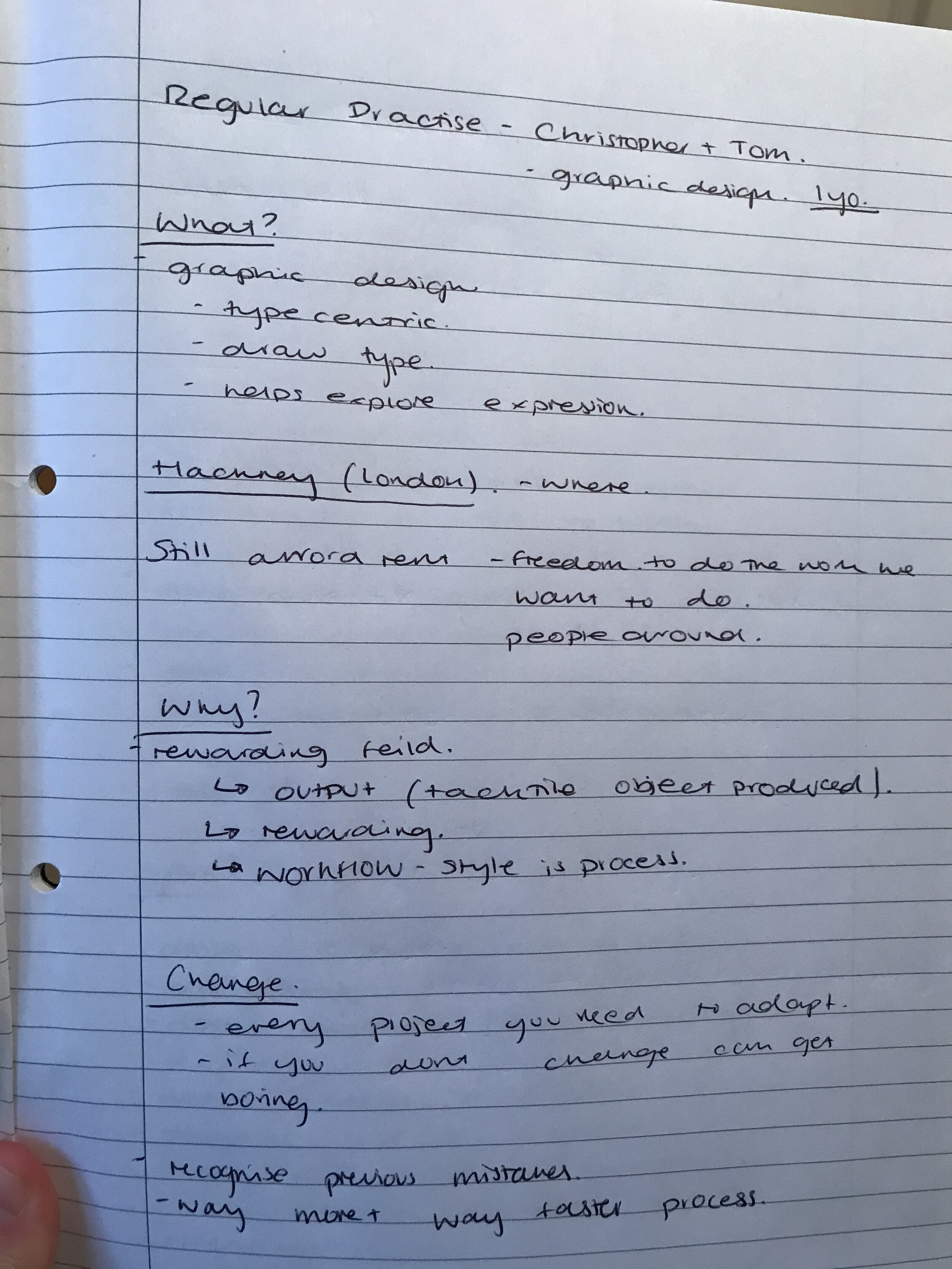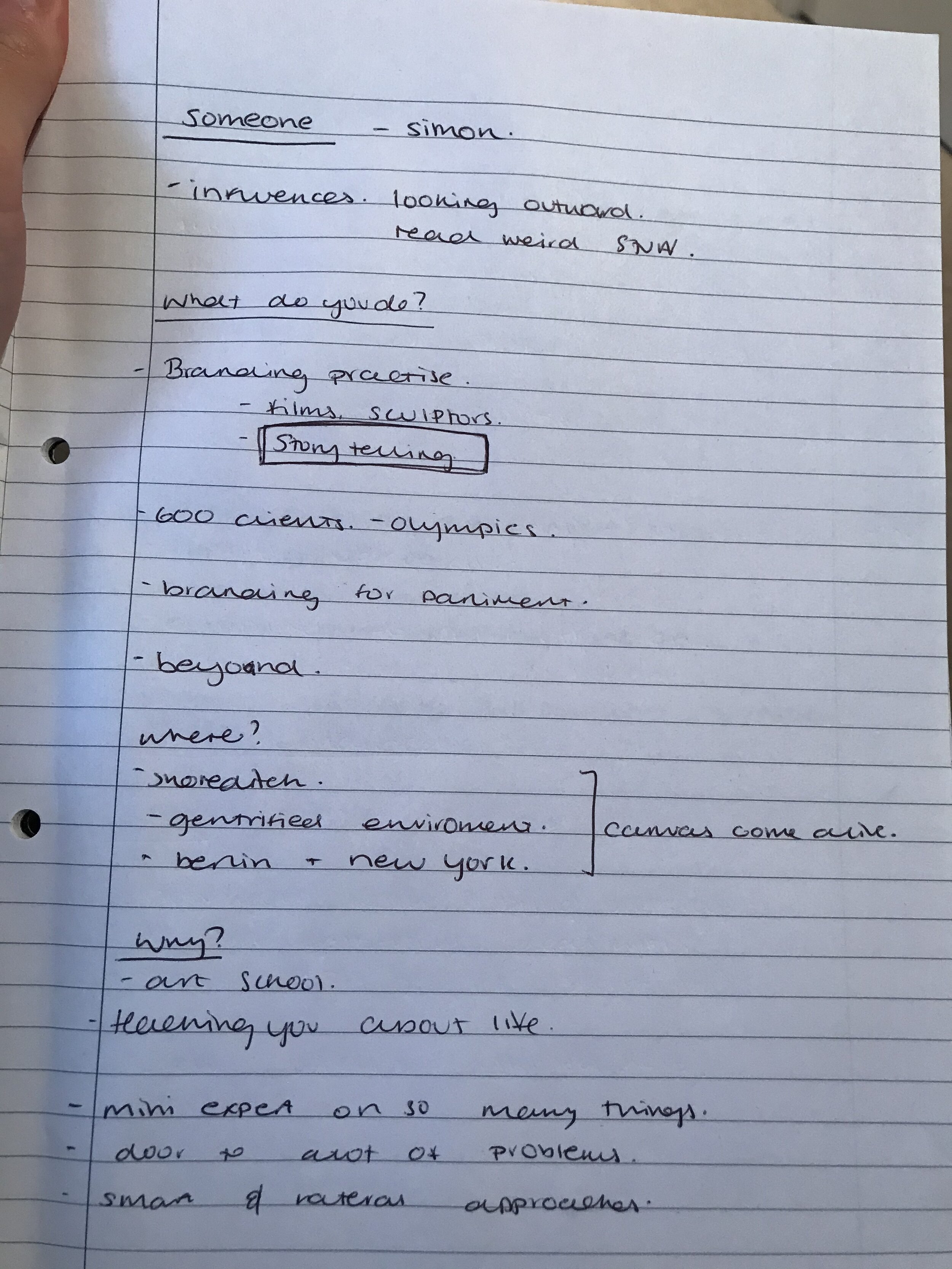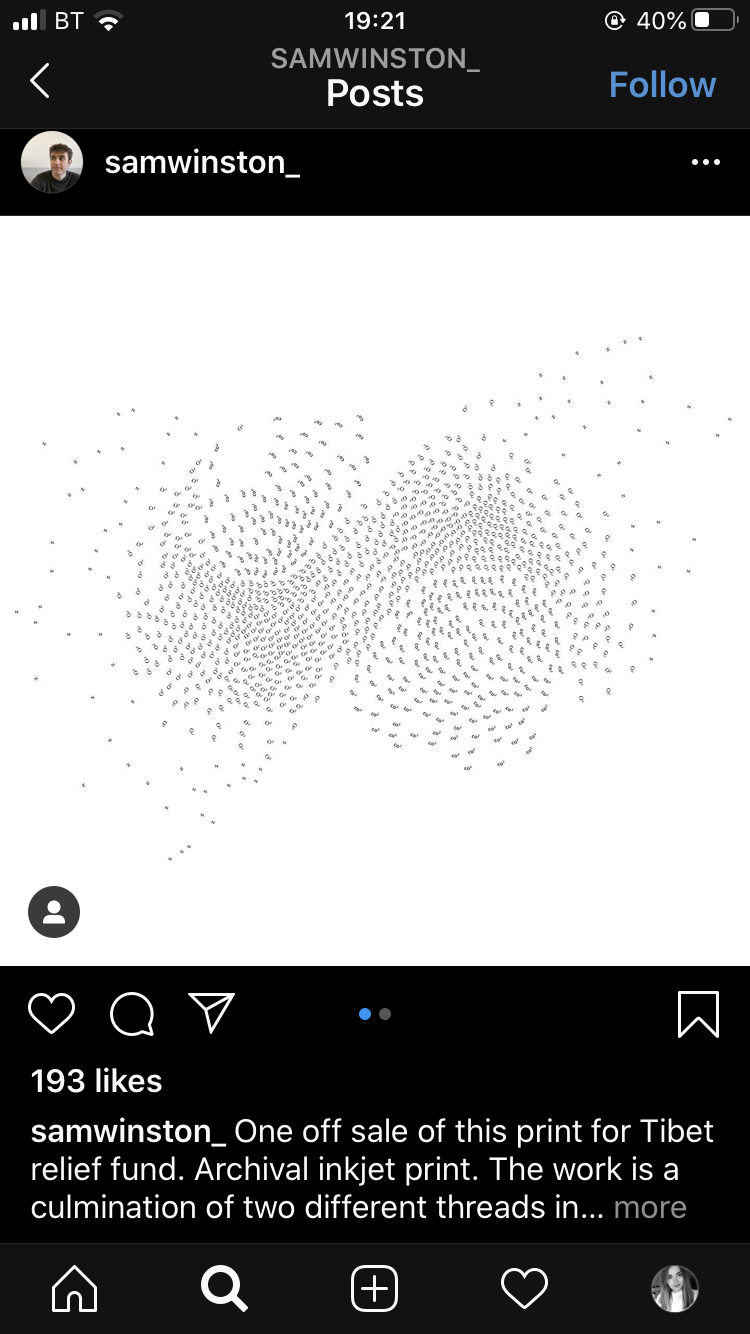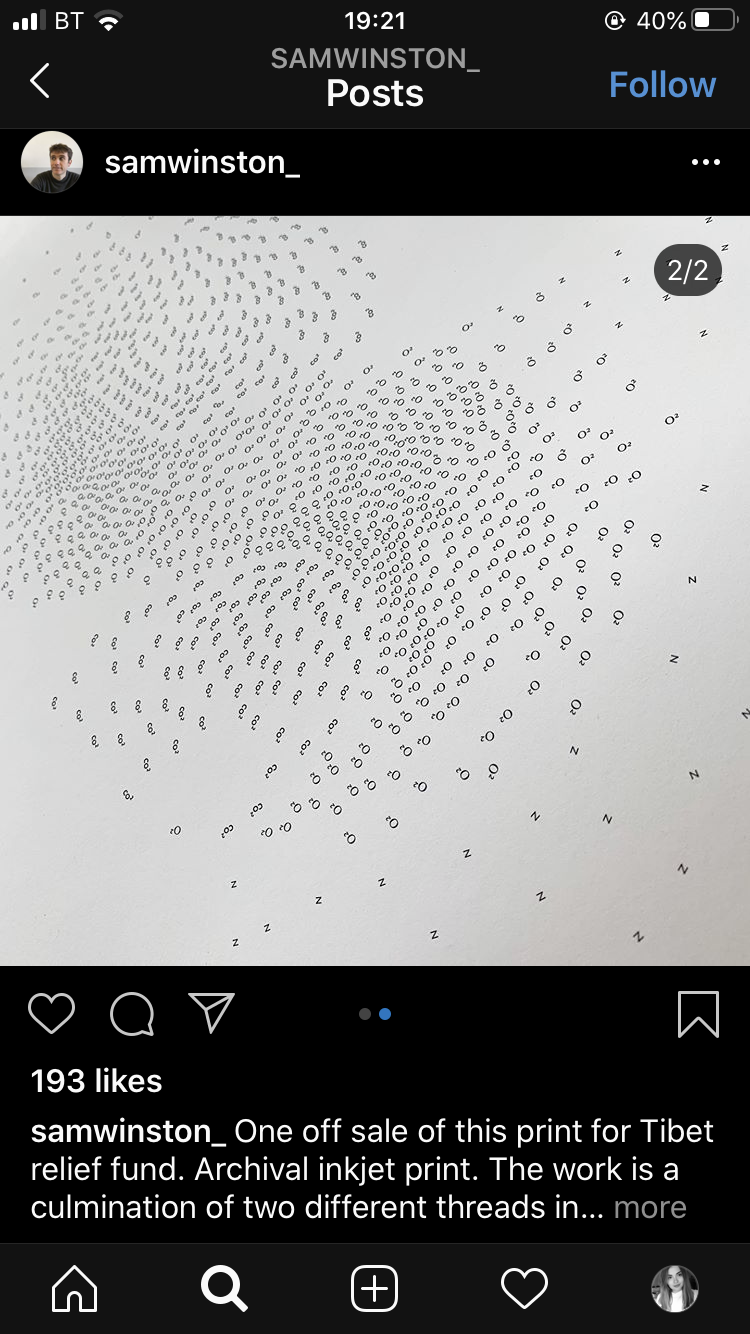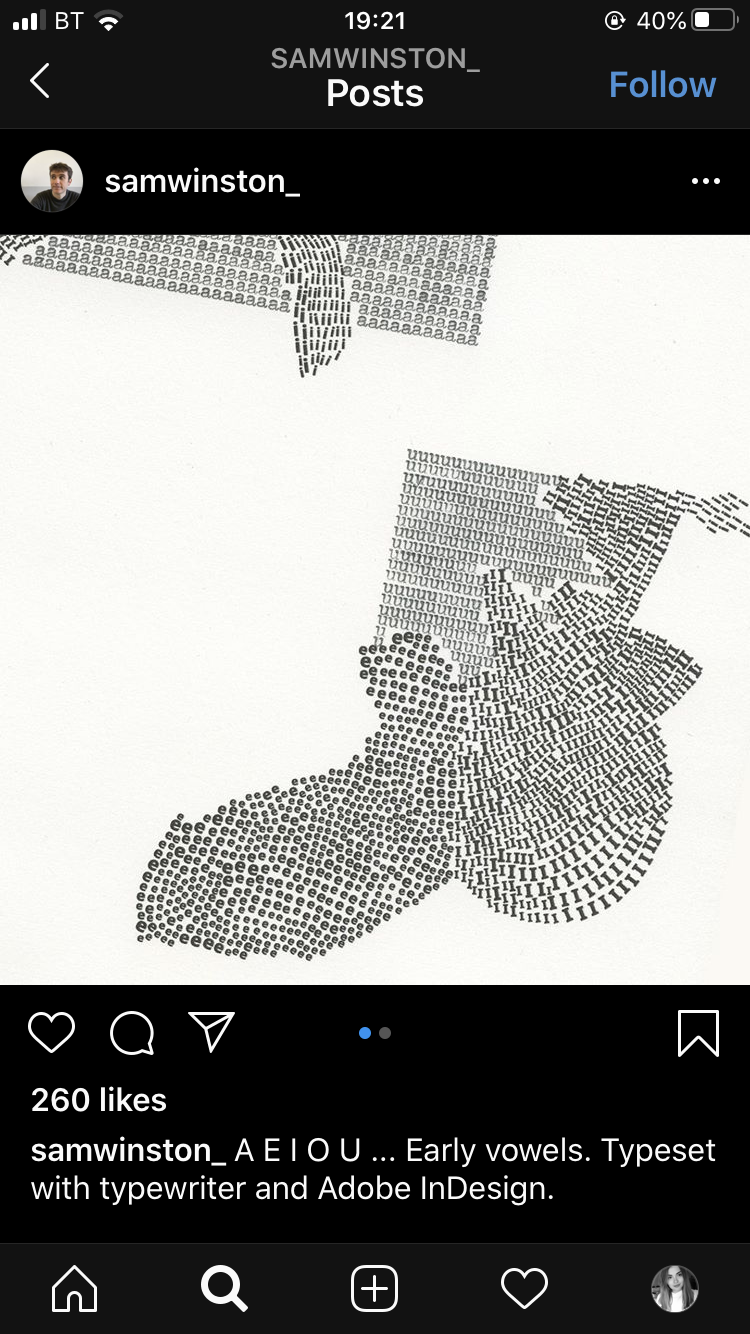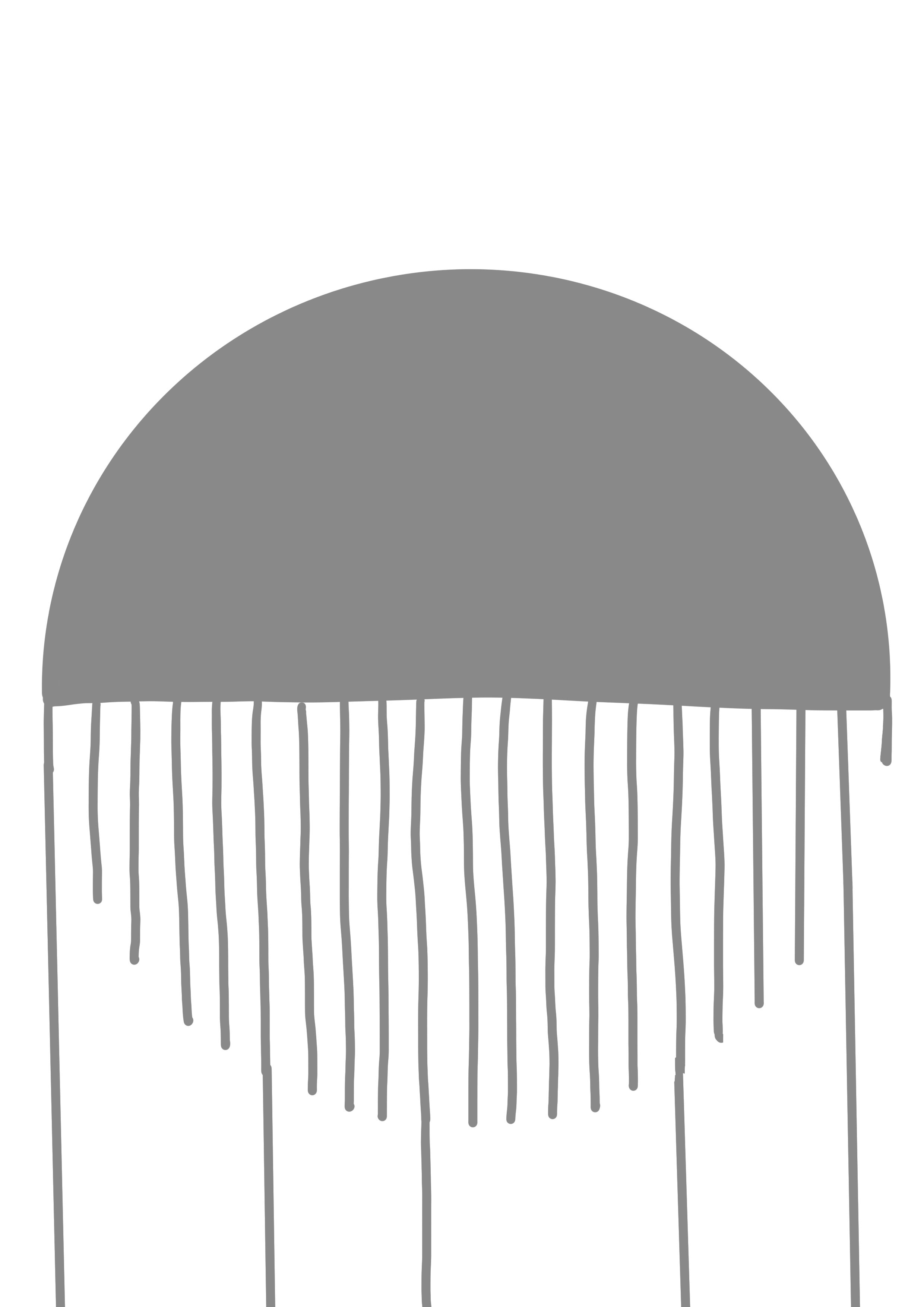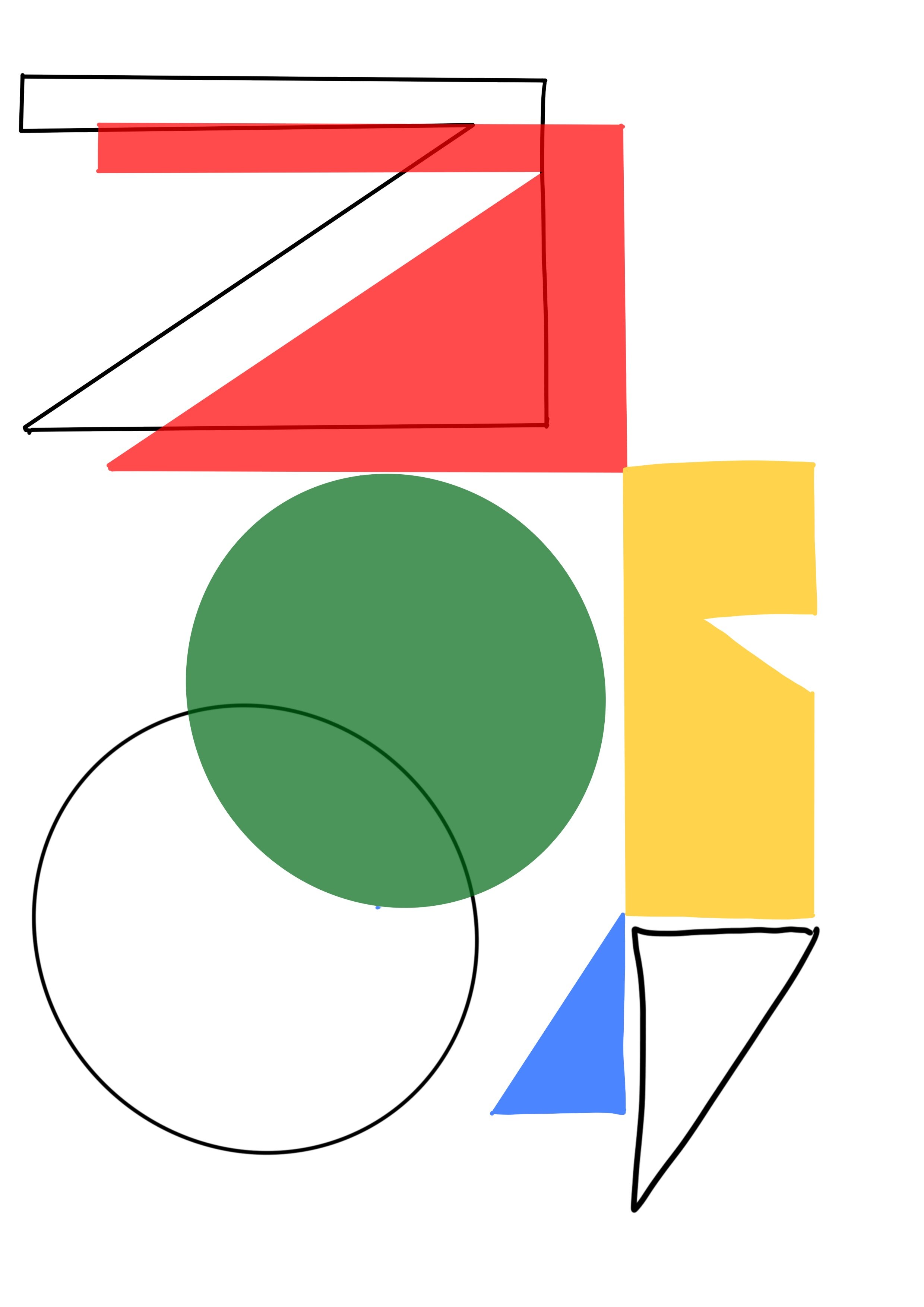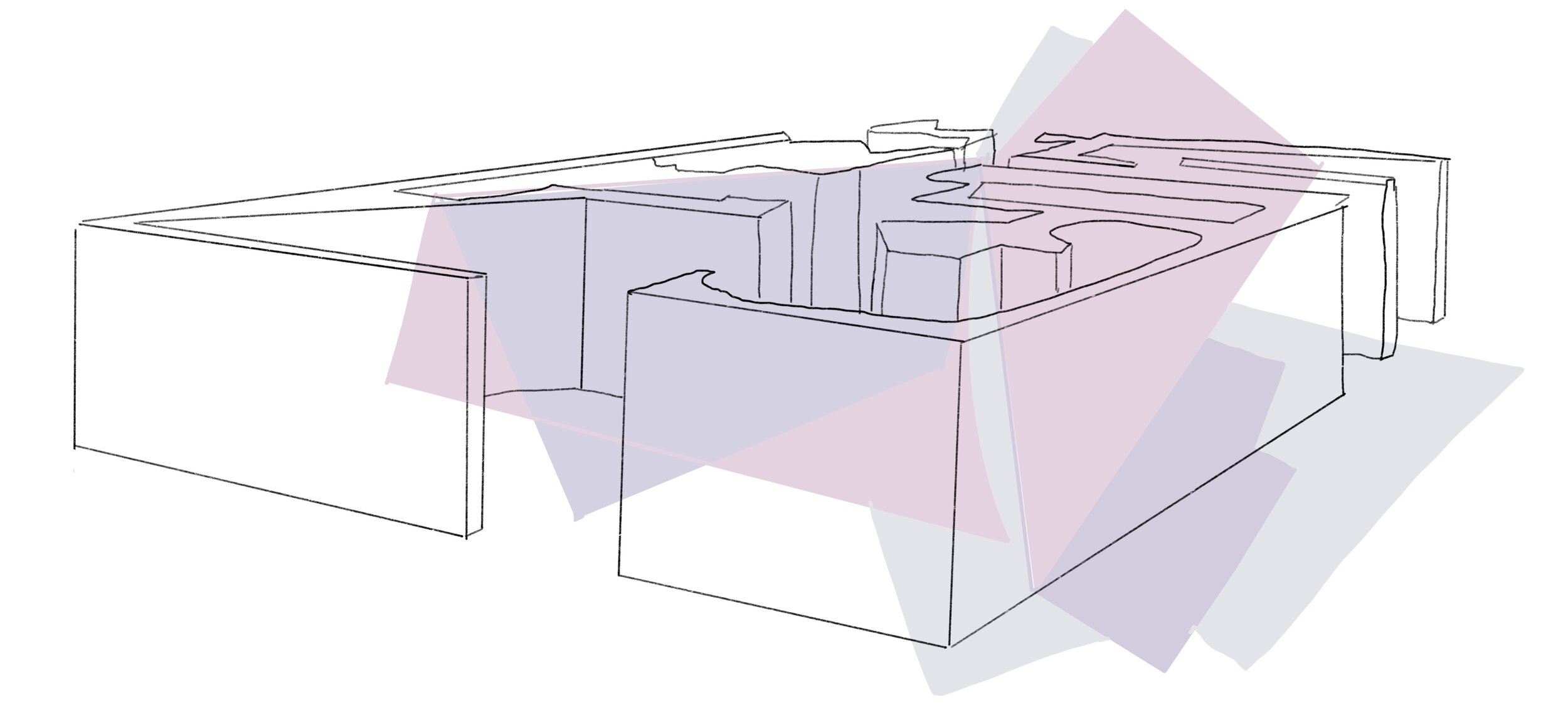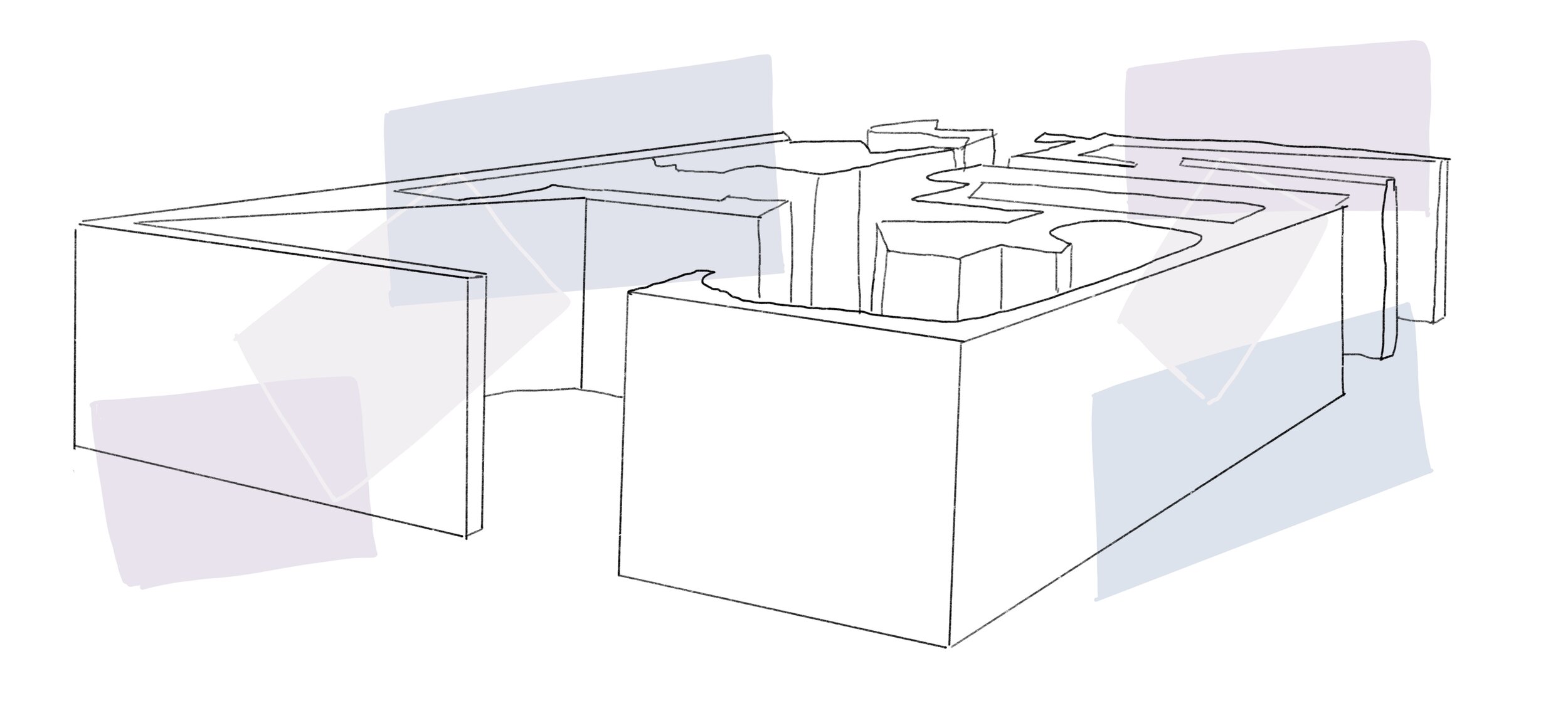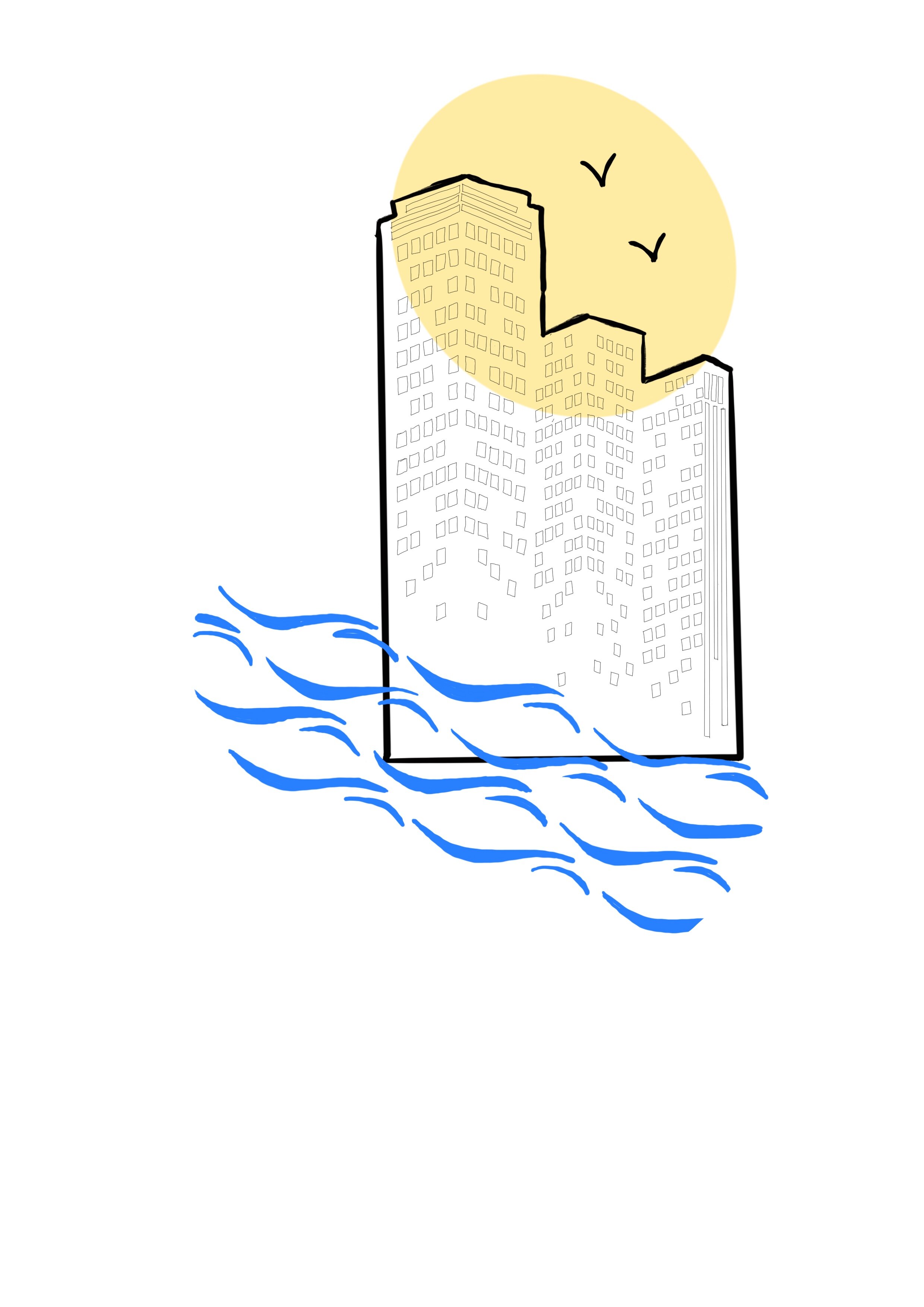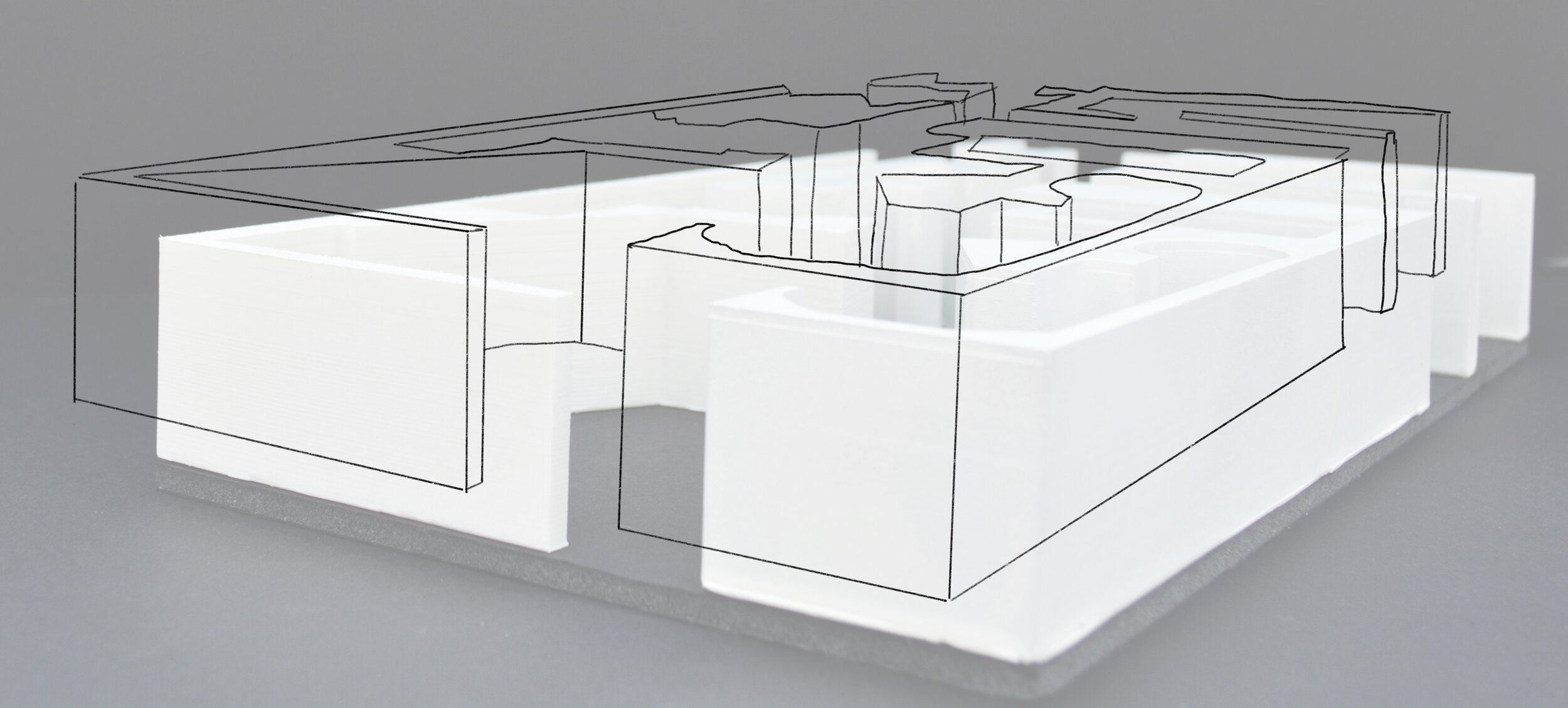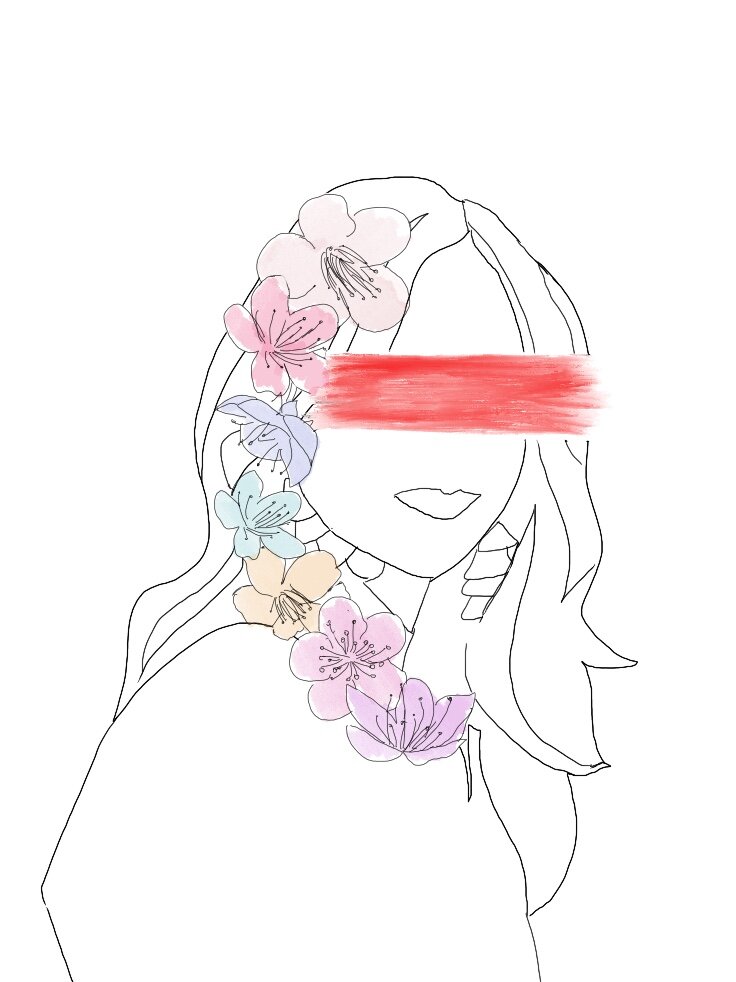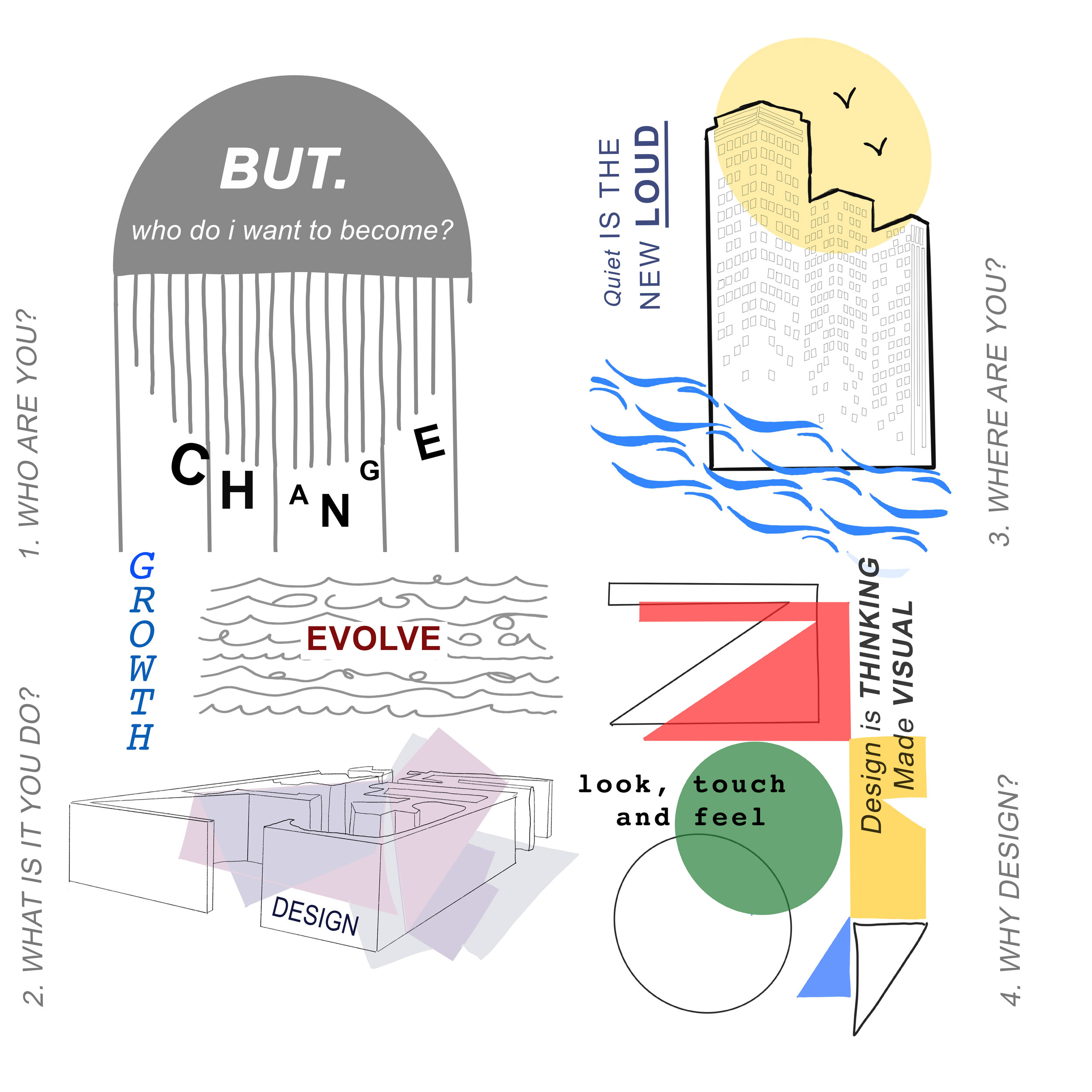Week One
Case Study Reflection:
After watching this weeks lecture, I found the case studies a huge insight into the workplace and how people create from various different backgrounds. I think all these case studies show how varied workplaces can be. Within Studio Culture by Tony Brook and Adrian Shaughnessy, they analyse the Studios in relation to 3 things: 'The physical Space, the people that occupy that space and the work they produce'. I shall be reflecting on these case studies in a similar way.
'The Physical Space'
Within all the case studies, the main location that was mentioned was London. I think this is an important idea to note that as an upcoming designer or starting your own studio, London can be such a great centre point to connect with other designers or work in places like Hackney which Regular Practise mentioned. Regular Practise are able to work in a studio with other designers which keeps the rent down but also allows them to collaborate with those that surround them. Comparing this to Sam Winston, who is also in London but in this case he mentions his need to work in complete silence and selectively chooses who enters his studio space. In my personal opinion, I feel that I need a bit of both to enable myself to be pushed to produce the best work I can. Talking about my work with others enables me to think through my ideas but also take inspiration from others and their way of thinking. Over the past I have worked in a studio for my interior design degree, so working from behind a screen this year will be slightly different.
'The People that Occupy That Space'
Within the case study Someone, Simon talks about how his studio works - changing around the seating plan every three month enabling his colleagues to talk to different people, which results in a stronger connection across the work space. I think this is a really interesting concept because as designers we take our inspiration from everywhere, which is also shown within these case studies. So sitting next to someone that you normally don't talk to and even talking about their expertise of work, even if that is accounting, could spark an interesting inspiration for a project. When looking for inspiration myself, I often try to put myself in the client or the users shoes - How would they view that product? What would jump out about that product? How would they interact with that product? Which I think Into design talk about, 'creating identities', often it is put as work but in reality you are creating an identity for that new business or brand.
'The Work they Produce'
The work that particularly stood out for me within the case studies is Sam Winston, having struggled with dyslexia myself, I love how he took something that is a disadvantage to him and turned it into a huge strength. His work is made up of loads of letters that creates a larger image which he mentioned he turns into books, overall focusing on the larger picture instead of the individual letters. Something he also said 'design is just a question that needs a solution' so in the end we just have to resolve the question in order to have a design.
The above images taken from Sam Winston's Instagram Account
The other work that stood out to me was SomeOne, whose work not only looks at the graphics but also the branding for the client / company. I love their use of objects that create backgrounds, I also found it really interesting that they designed a lot of the graphics for each sport at the olympics and how they had to make them recognisable to people which I previously didn't think about. Also their use of storytelling, which I also have such a interest in - how does someone get from their initial idea and turn it into a final product - it is a story.
SomeOne - Revealing true; above shows the illustrations that were created for the new graphic identity. Little bubbles showing in-detail the bigger picture.
SomeOne also designed the graphics for the 2012 Olympics in London. 'These pictograms will be a simple way of helping people navigate London during the Games and a reference point for fans of the Olympic sports in the run up to and throughout the Games in 2012. They will, I’m sure, become an enduring image of London 2012.'
Overall I have learnt from the case studies; Be flexible, adapt your way of working, recognise previous mistakes and improve on them. Design needs a solution and Fear is just a state of mind. Try to be ahead of the curve. Without Change we are out of a job. I will try to take all of these things into consideration when moving forward with the course.
Resources Reflection
Within the resources that were listed, there are very different interpretations of how a studio should be run whether thats online or in person. Within Studio Culture by Adrian Shaughnessy, he makes interesting points about how studios can now work all over the globe as one but in contrast to that also talks about the studio life in person and how important the design of a studio is. This information is backed up bu Paula Scher, within her documentary on Netflix, she talks about her colleugues being individuals and there is no boss just friends. I like the thought of this approach that they have to the business, everyone works on something but no one is telling you what to do - this way there is a more a trust throughout the business.
"The modern designer is unthinkable without the life-support system of the studio" - Adrian Shaughnessy.
I also found it really interesting how Paula Scher finds her inspiration within the cab being driven around the city, this is probably the fastest way to see and hear things that are happening around you. "Making stuff is the heart of everything. The drive never goes away - What can I make next?" - Paula Scher, Netflix.
This leads me onto Micheal Wolff - The expressionist. Who spoke about how design is really three muscles. 1. Curiousity - The muscle to ask WHY? Why does this happen why is this working the way it is? 2. Appriciation - Appreciate the beauty, the seasons how the colour changes or the light reflects. Use what already exists as inspiration and 3. Imagination - Knowing things have certain texture or taste and using it to inspire and create. I thought these were really interesting points that he makes, showing that we can grow if we take interest in everything thats going on around us. "Seeing is being open".
I have found it so interesting to learn about everyones different views and inputs for not only their own design studios but for their working ways. I think its really valuable to learn about how others work and run a studio, mainly because I've never worked in a studio myself but If I was working for a company I would love to know if there was collaborate work and if you were treated as an equal like your peers.
Workshop Challange
Who, What, Where and Why?
Here is a brief explanation of myself:
-Who are you?
My name is Alice. I think who I am is constantly changing and evolving, I have learnt so much about who I am as a designer through the three years of my degree but I also have so much more to learn.
-What is that you do?
I have just graduated from an Interior Design degree at Falmouth, so that is the recent design background I have but I previously also did photography and Textiles A levels before applying for the degree.
-Where are you?
After graduating from Falmouth earlier this year, I have recently decided to come back to my hometown of Southampton. I think Southampton is an interesting place to live, obviously as a city it is busy, always changing and constantly moving forward but also living so close to the countryside and the sea, I often find my inspiration from the pockets of quiet throughout the city.
-Why design?
Design is everywhere, you can’t help but notice it, I really hate to think where we would be without it. I have always been interested in design, I think that’s one of the reasons why I redesigned my room when I was younger every month. I also love the aesthetics of design and how quickly it can change ones emotions, an atmosphere or even ease someones day.
So What is a Quadriptych?
"(art) A picture or series of pictures painted on four panels."
Mood-board:
Whilst thinking about my who, what, where and why - I took to Pinterest to see if I could turn my words into images and what images could portray the answers.
After some doodles on the I-Pad this let me to create a couple of mini sketches that I could then merge together on photoshop.
Who image: The grey within the illustration is the constant of who i am and the stripes that come of it are who i want to become or what i want to learn.
Why Image: I chose these simple shapes and key primary colours to represent why, just to show that you are introduced to design from an early age and its at the basis of all that we do.
Where image: I wanted the illustration to relate to how the city meets the sea using blue symbolic waves and a high rise building with a symbolic sun and the seagulls.
What image: I took one of my old interior models and outlined it and then added a mix of colours over the top. Just to simply show I have an interest in architecture and colours.
Whilst photoshopping - I decided to add some key words in text to make the image come alive.
Weekly Reflection:
This week has been mainly surrounding the who, what, where and why. This has been a starting point for the course and starting my creative thoughts back up again. This has been valuable to learn within the first week of the course, as I’ve been able to learn about how a studio practise is run and where others gain their inspiration which has also enabled me to reflect on my own environment from home. How important it is to surround yourself with other creative people in order to bounce ideas of each other.
Additionally, I have thought about where I mainly gain inspiration from but I feel this will change throughout the upcoming weeks, mainly because in the past my inspiration has been from interior design / dezeen / pinterest. In order to grow I need to find my own starting places. This was an interesting starting point for the course as, for a beginner like myself with little graphic design experience, it was hard to gauge how to express yourself through images that told a story.
